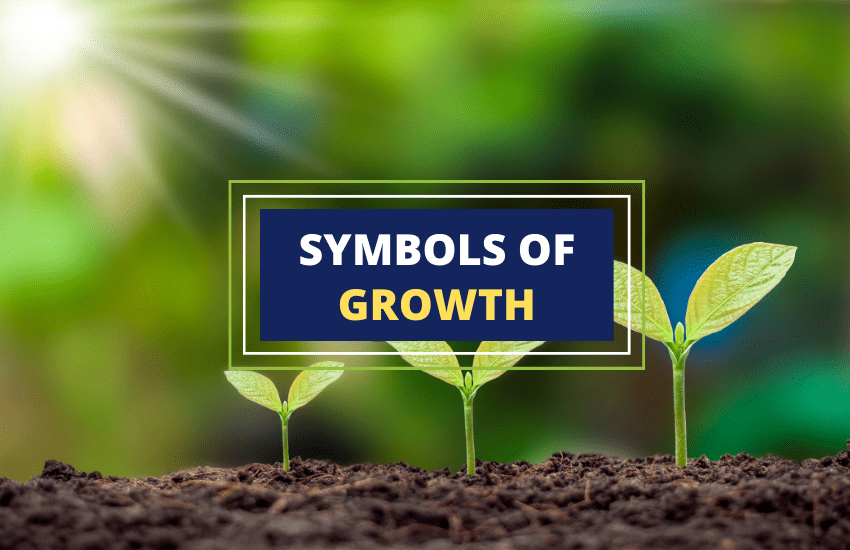
Table of Contents
Growth refers to continuous evolution, not staying stagnant but constantly striving to improve.
It involves not just the physical aspects of your life but also mental and spiritual ones. To better illustrate this concept, there are various symbols representing growth that come from different sources, such as nature, legends, and cultural traditions.
These symbols remind people to reflect on their personal improvement and development. They serve as reminders that growth is a process that occurs over time and requires patience, perseverance, and dedication.
Here are 23 symbols of growth that can inspire you to achieve the best version of yourself. Let’s get started!
1. Philodendron
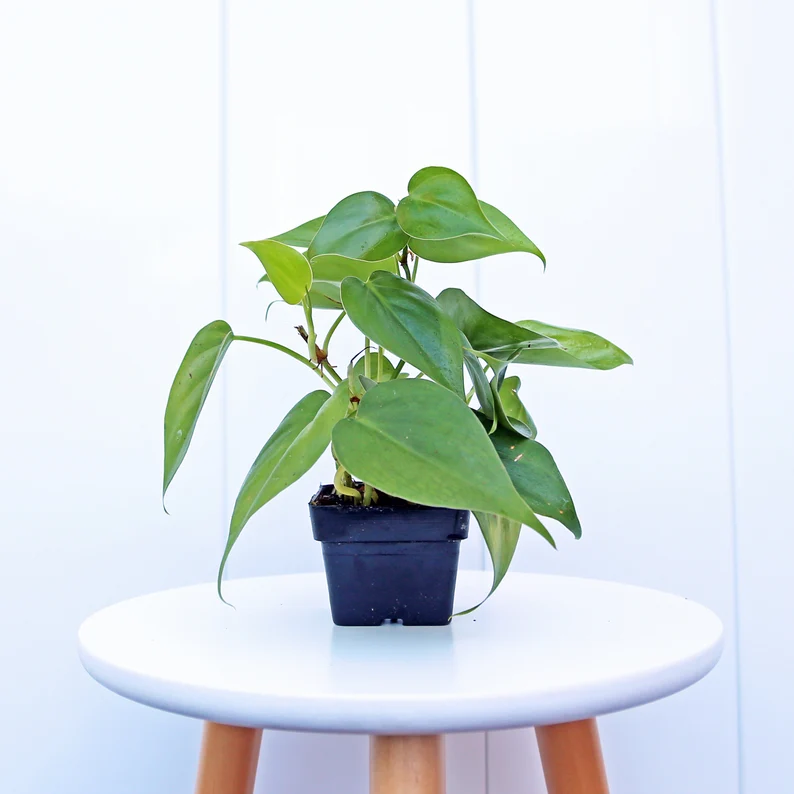
A beautiful plant that symbolizes a love of nature and eco-friendly living, the philodendron is the perfect gift for plant lovers and individuals passionate about living in harmony with the environment.
Its lush leaves and vibrant green color also evoke feelings of health, vitality, and abundance.
Aside from this, the plant’s ability to thrive and adapt to different environments highlights the importance of personal growth, overcoming challenges, and flourishing in various situations.
In this way, giving a philodendron as a gift can convey a message of support and encouragement for someone who is working towards personal growth or making positive changes in his life.
2. Willow Tree
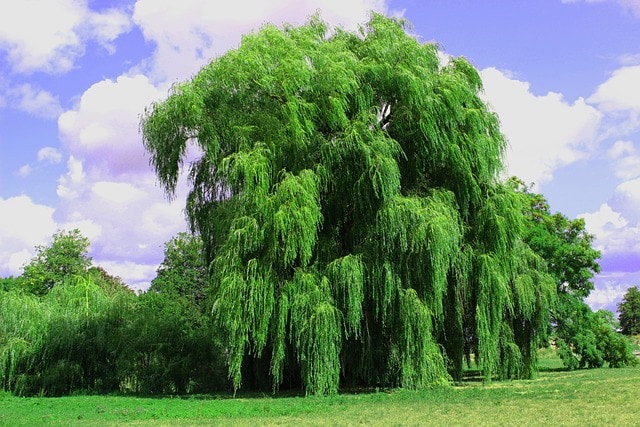
Despite its fragile-looking trunk, the willow tree is remarkably strong and steadfast, able to weather inclement weather and stand firm.
Its deep and far-reaching roots provide a solid foundation to nurture its development. This strength and resilience make the willow tree a powerful symbol of support, structure, and growth.
It also represents fertility and new life, as a willow branch can be planted in the ground, and a new tree will grow from it. This ability to grow and thrive even in challenging conditions makes it a powerful symbol of perseverance and strength.
3. Red Robin
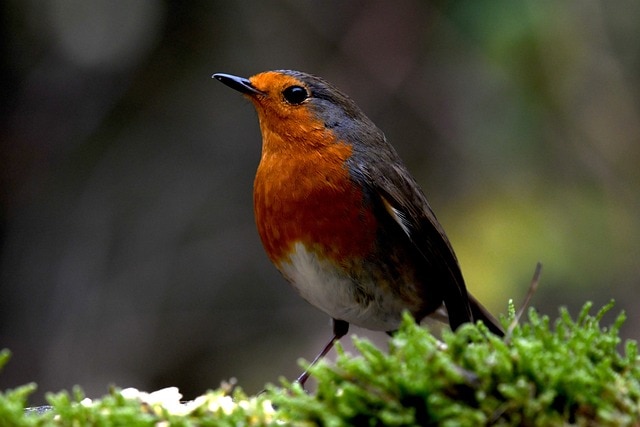
The red robin is a bird that holds great symbolism in many cultures, often seen as a beacon of hope, renewal, and growth due to its ability to transition smoothly into adulthood.
The bird can look after itself and adapt to its surroundings, which is a valuable lesson for everyone in their journey toward personal growth.
The red breast of the robin is also seen as a force of life that resides within itself. Aside from this, the robin is often associated with springtime, which is a season of new beginnings and growth.
According to myths, if a red robin visits you, it means that you will experience some growth or change in your life.
4. Koi Fish

In Japanese culture, Koi fish are symbols of perseverance and determination as they swim upstream against strong currents to reach their destination.
This resilience and determination are traits that are highly valued in society. It also represents the idea that you can achieve your goals and grow into your best self with time, effort, and perseverance.
Additionally, the Koi fish holds spiritual importance in Feng Shui, a Chinese system of organizing and arranging objects to promote positive energy and good fortune.
Feng Shui practitioners believe that having the spirit of the Koi near you can attract good luck, fortune, and spiritual benefits.
5. Frog
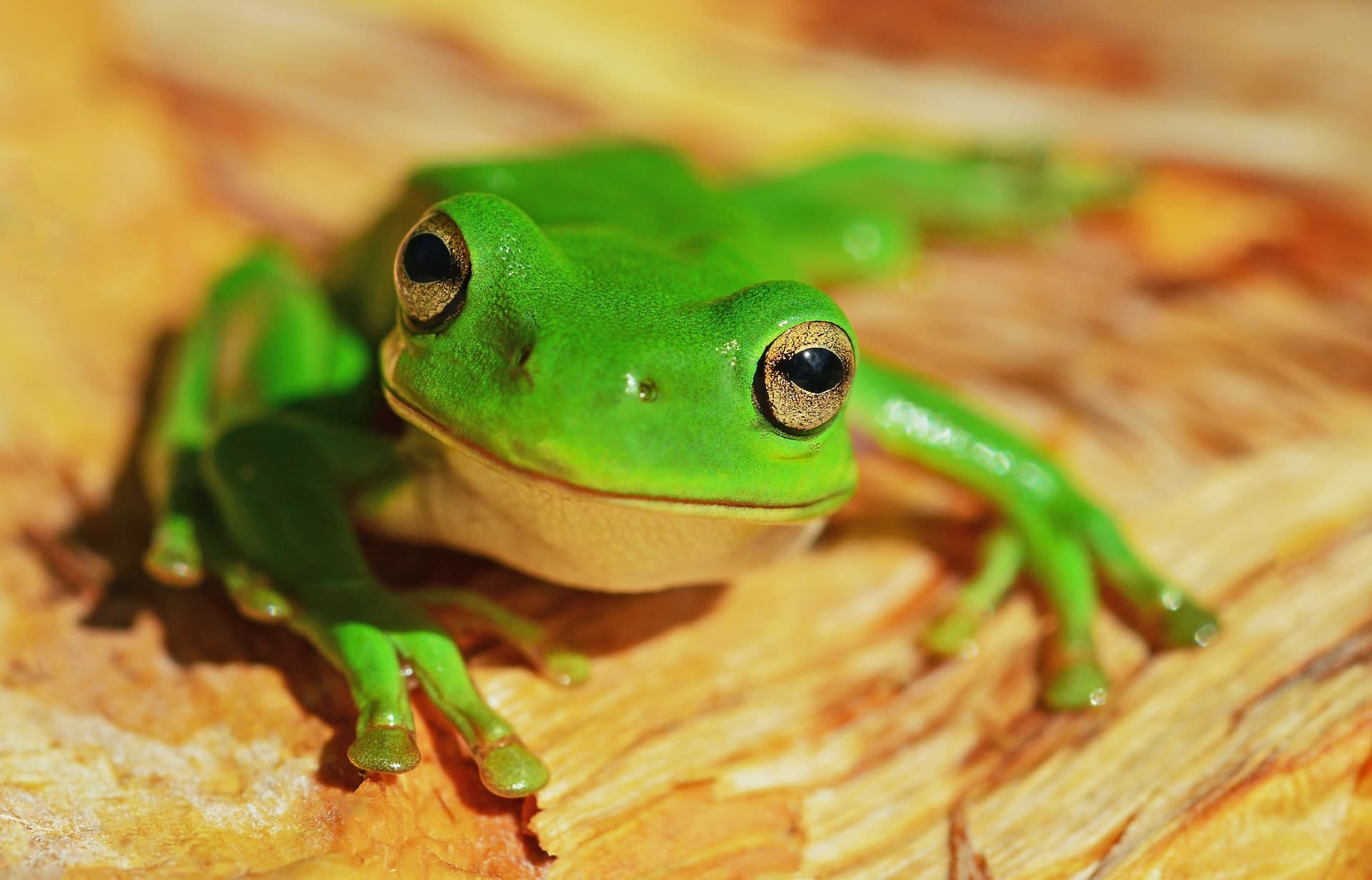
While some might find frogs icky, the frog is a powerful symbol of growth and renewal. From its early stages as an egg to its evolution as a tadpole and ultimately a full-grown adult, the frog serves as a reminder that growth can take many different forms.
Its ability to shed its skin and emerge anew is a metaphor for growth and transformation as well.
During its development, the frog goes through a period of vulnerability and uncertainty, highlighting the importance of adapting to new situations in your journey toward personal growth.
The frog’s ability to jump high also represents the need to embrace change, take risks, and leap towards your goals, even if it means leaving your comfort zone behind.
6. Dharma Wheel
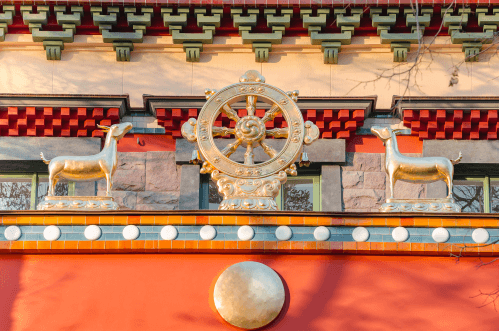
The Dharma Wheel is a symbol of Buddhism representing the Eightfold Path, which leads to spiritual growth and enlightenment.
It is traditionally depicted as golden chariot wheels with eight spokes that each represent one of the Eightfold Path teachings: Right View, Right Resolve, Right Speech, Right Actions, Right Occupation, Right Effort, Right Mindfulness, and Right Concentration.
The wheel is composed of three main components: the hub, the rim, and the spokes.
The hub represents moral discipline, which is the foundation of the Eightfold Path. The rim represents meditative concentration and mindfulness, which hold the practice together. The circle or round shape of the wheel represents the perfection of the dharma, which is the Buddha’s teaching.
7. Scarab
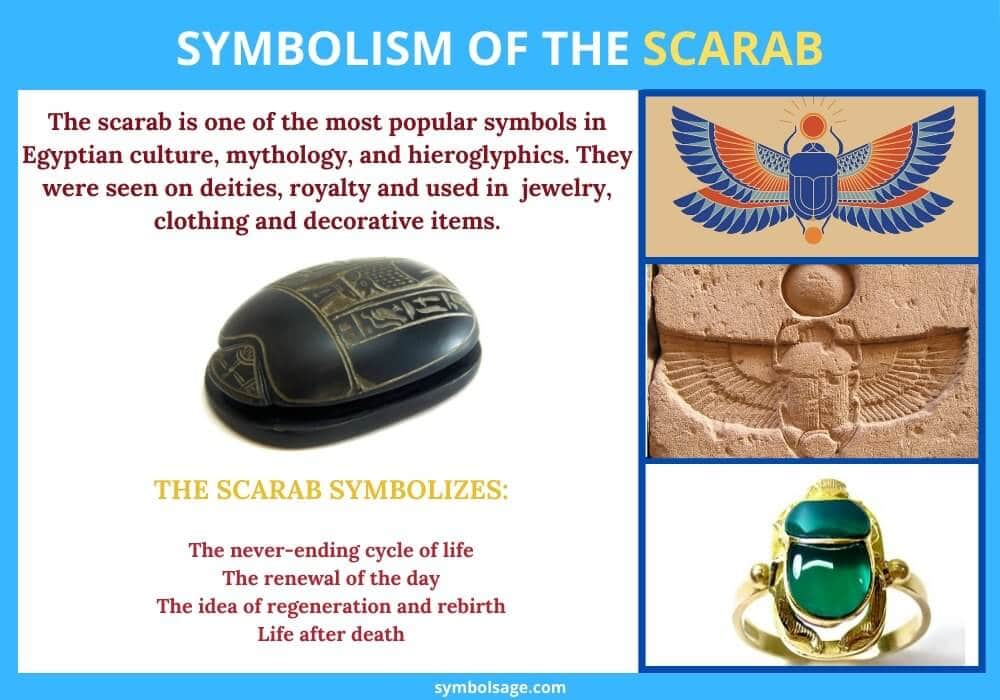
Also known as the dung beetle, the scarab was an important symbol in ancient Egyptian mythology and was revered as a symbol of existence, manifestation, development, growth, and effectiveness.
Aside from this, the scarab is famous for its unique behavior of rolling around manure balls as part of its mating ritual.
While this behavior might not sound pleasant, ancient Egyptians believed it symbolized the sun’s rebirth each day, as it rose from the horizon and traveled across the sky.
As such, the scarab represented the cycle of life and death and was often used as a powerful amulet to provide protection and good luck to the wearer.
8. Koru
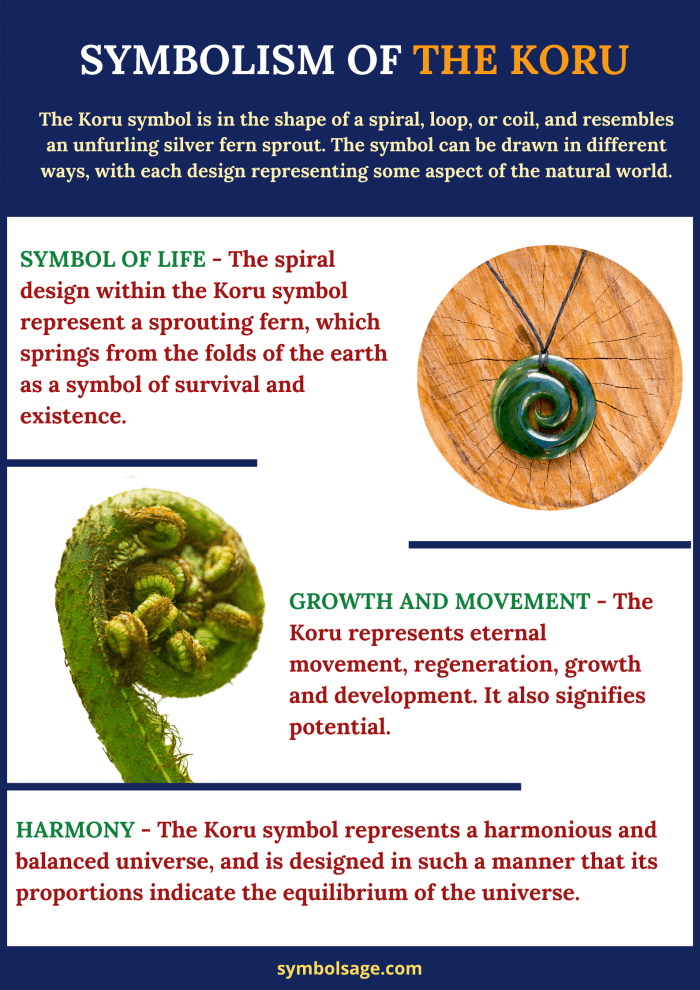
The koru is a visually striking Māori design element, often used in tattoos, carvings, and other art forms.
It has a circular shape and inward coil that convey the ideas of perpetual movement and return to the point of origin.
This creates a sense of movement and energy, making the koru a powerful symbol of creation, new life, growth, strength, and peace.
The spiral shape of the koru is also reminiscent of an unfurling fern frond, a plant that has great significance in Māori culture. The fern represents strength, resilience, and new beginnings, making it a fitting association for the koru.
9. Egg
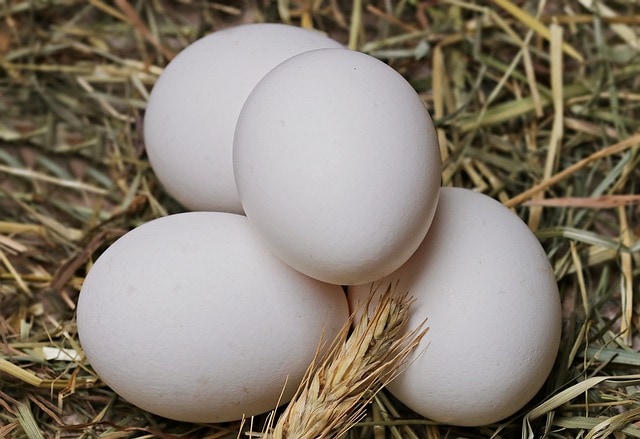
Eggs have been associated with fertility and growth in many cultures and religions because they contain the potential for new life.
In ancient Egyptian cultures, the egg was believed to help with spiritual growth, while in ancient Greece, Rome, and Persia, they were dyed as part of spring festivals to celebrate the renewal of life.
In Christianity, the egg symbolizes resurrection and growth, representing the new life that emerges from the shell.
Its shape has no beginning nor end, which embodies the idea of rebirth and rejuvenation in the life cycle, which is why the egg is a significant part of Easter celebrations.
10. Arrow
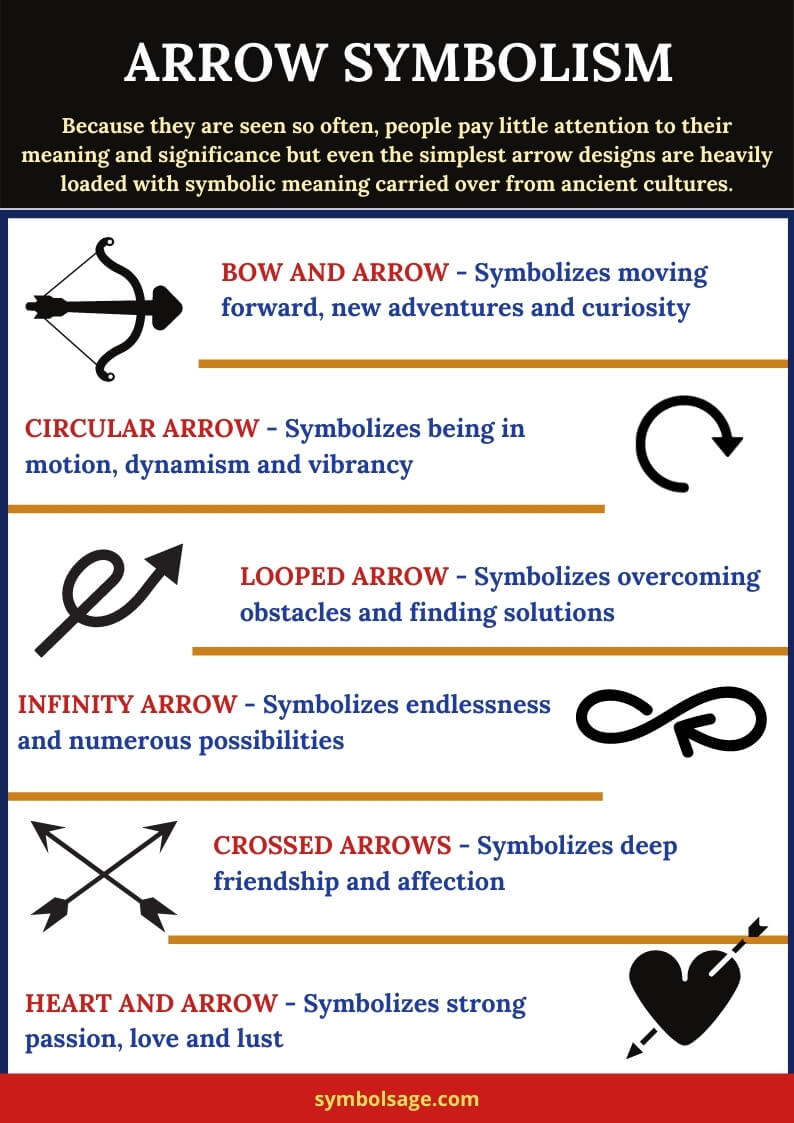
While the arrow is most commonly associated with American Indigenous peoples, it actually has different meanings across different cultures. For some, the arrow was a tool for war and hunting, but for others, it carried significant philosophical meaning, representing concepts such as peace, alliance, and the very essence of life itself.
When an arrow is released from a bow, it can only move forward, which can represent leaving behind the past and starting a new chapter in life.
The arrow’s forward movement can also represent personal growth and development as individuals strive to move toward the future and make positive changes.
Shooting an arrow toward a goal or destination can also represent determination and focus as individuals strive to reach their desired destination.
11. Spider

The spider is known as the great weaver in the spirit animal kingdom because its survival depends solely on the webs it can spin and create.
This is why in many myths, the spider’s web symbolizes fate, destiny, and the interconnectedness of all things in life.
The spider and its web highlight the importance of growth and spiritual transformation, just as it weaves its web patiently and continues to grow daily.
While the spider itself is an ancient symbol of mystery, power, growth, and transformation, its web serves as a reminder that you are the master weaver of your own story and destiny, which is why you must be mindful of the decisions you make.
12. Triskelion
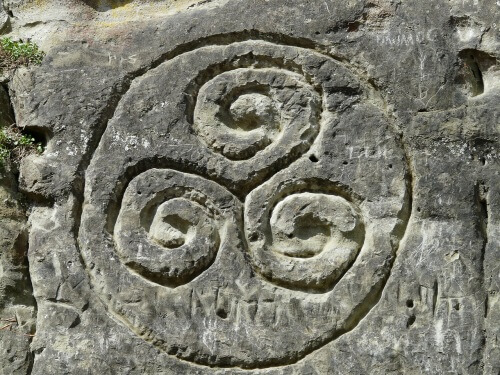
The Triskele, also known as the Triple Spiral or Triskelion, is an ancient symbol of spirituality that holds great significance in Celtic culture.
It is depicted as three interlocked spirals that represent the unity of the mental, physical, and spiritual self, as well as the connection between the inner and outer worlds.
This seemingly continuous line represents the movement of time, representing the process of always moving forward until reaching a state of profound enlightenment and understanding.
In this way, it has various meanings related to personal growth, human development, and spiritual progress.
13. Tree of Life
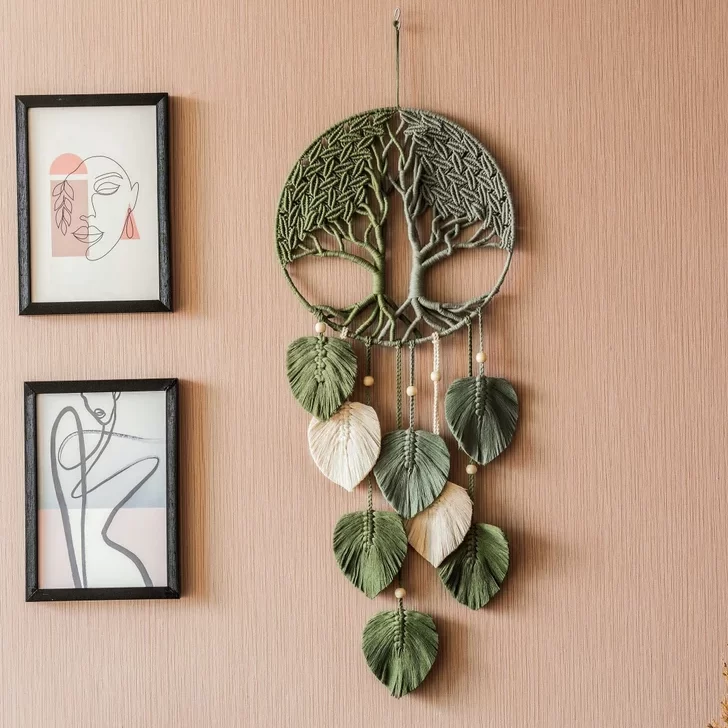
In various cultures and mythologies, the Tree of Life symbolizes the connection between the physical and spiritual worlds and represents all life’s sustenance, growth, and interconnectedness.
The Celts call it Crann Bethadh, which is believed to represent the entire universe. In Norse mythology, it is referred to as the Yggdrasil and is thought to be connected to everything in the universe.
Native American tribes also had stories about mythical trees that connected the heavens, earth, and the underworld.
Some cultures believed that people lived in a giant tree in the sky before the world was created, while the earth provided sustenance for the tree.
In Chinese mythology, there is the concept of a world tree that connects heaven, earth, and the underworld and is considered a gateway to different worlds that gods and shamans can access.
14. Phoenix
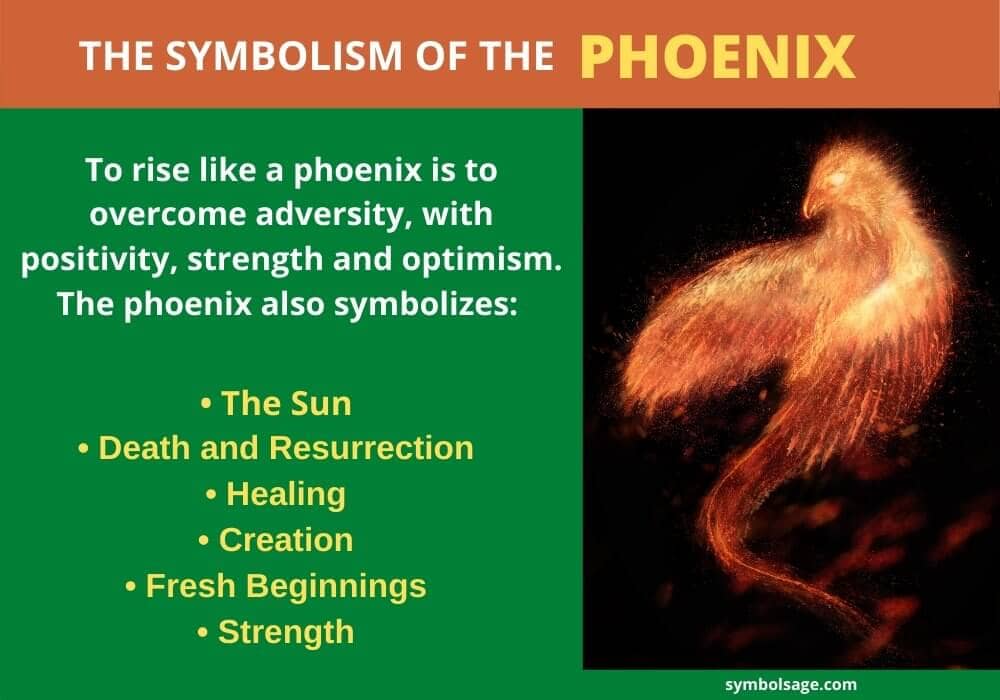
The phoenix is a powerful and popular mythical creature that stands for immortality, renewal, change, growth, and rebirth.
In many cultures, including Egyptian and Greek mythology, the phoenix is also linked to time and represents the cyclical nature of life as well as the constant renewal of the universe.
This mythical bird is said to live for many centuries, and as its time on earth ends, it builds a nest and sets itself on fire.
From the ashes of the old Phoenix, a new and youthful Phoenix is born, ready to start its long life anew. This ability to rise from its own ashes is the epitome of growth and rebirth as well as resilience and strength because it represents the human potential to overcome challenges and emerge stronger on the other side.
15. The Color Green
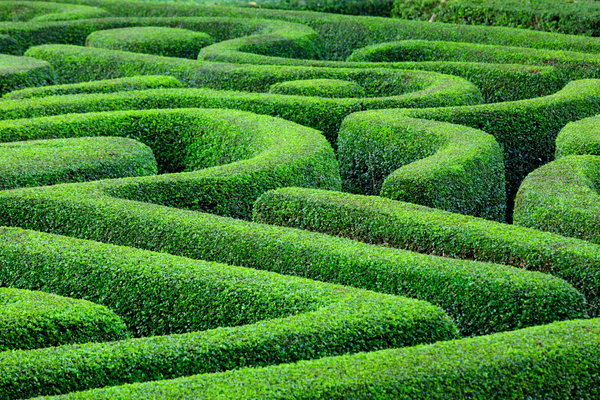
Because of its close association with nature and the environment, green often brings images of lush green forests, grass, and trees to mind.
As such, it is often seen as a symbol of growth, health, renewal, youth, harmony, freshness, and fertility.
It is a calming and refreshing color that can help put people at ease in new environments, which is why designers usually feature green in public spaces, such as restaurants and hotels.
Research suggests that this positive association with green may be hardwired in our brains from evolution since early humans knew that green in nature indicated a place where they could find food, water, and shelter.
16. Lotus Flower
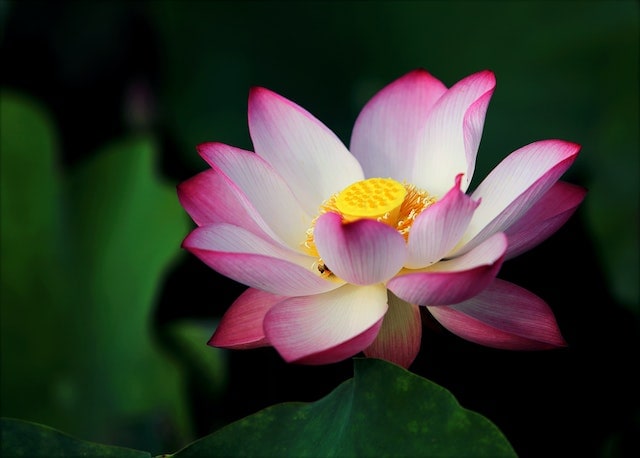
A symbol of hope and inspiration in many cultures, the lotus flower holds a special place in Buddhist beliefs. This is because it represents the purity of enlightenment and the potential for human nature to grow, transform, and rise above its surroundings.
This is why the lotus flower is often seen in Buddhist art and scriptures and is a common symbol accompanying images of Bodhisattvas like Guanyin or Kanon.
The lotus flower’s ability to grow and thrive in muddy and murky waters is a powerful symbol of growth and resilience.
Despite its challenging environment, the lotus flower continues to thrive and eventually rises to the surface, where it blooms into a beautiful flower.
The image of the Buddha sitting on a lotus flower is a powerful reminder of this, as it represents the idea that even the most enlightened beings have struggled and had to overcome challenges on their path to enlightenment.
17. Sun

From Native American tribes to Egyptian culture, the sun has been a powerful symbol of protection and growth.
It is also often seen as a representation of the cycle of life, as it rises at dawn with the beginning of a new day and eventually sets, signaling the end of the day.
Even in modern pop culture, such as in the case of Superman, the sun is portrayed as a symbol of power and strength
Beyond its symbolic importance, the sun also plays a crucial role in everyone’s physical health. For example, sunlight is necessary for the absorption of vitamin D, plus it can speed up recovery from injuries.
Aside from this, the sun’s ability to drive weather, ocean currents, and climate, as well as make plant life possible through photosynthesis, is crucial to the survival of life on Earth.
18. Acorn
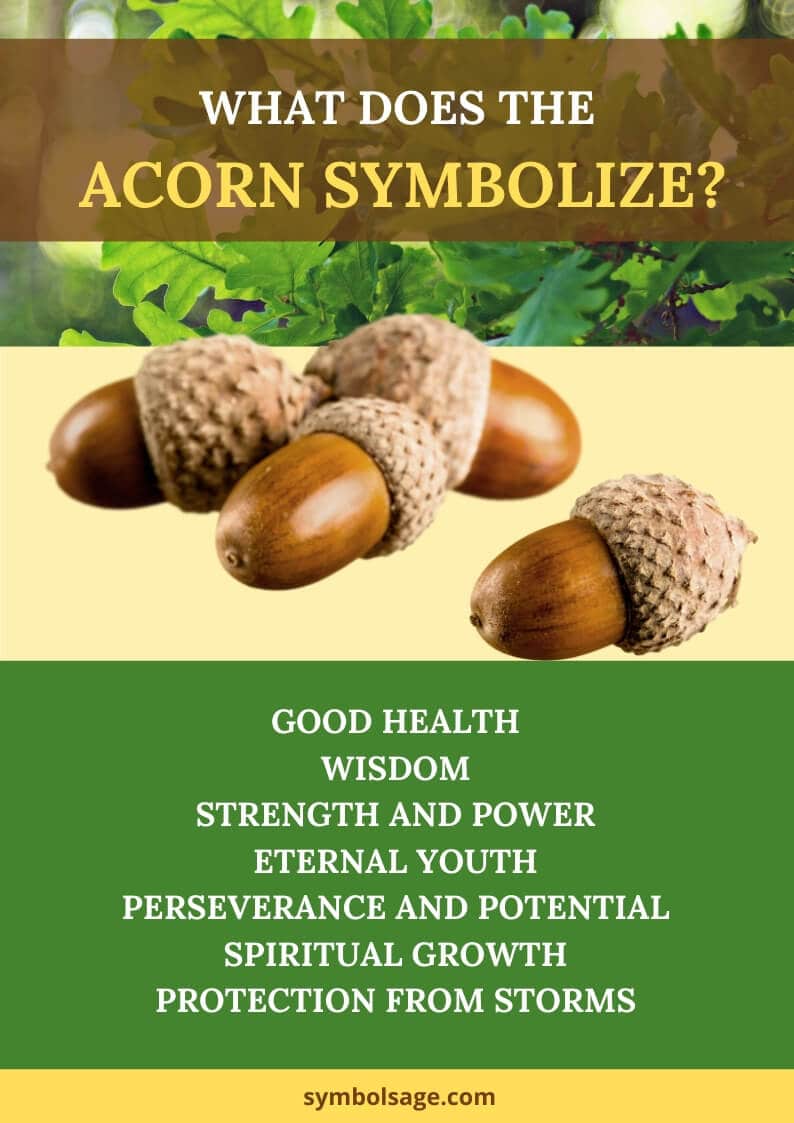
As a seed that contains everything it needs to grow into a mighty oak tree, the acorn is a strong representation of growth and unlimited potential.
The saying “great oaks from little acorns grow” perfectly captures the essence of this symbolism, highlighting the message that even the smallest of beginnings can lead to great things.
One acorn can become a massive oak tree, which can then seed an entire forest. And just like the acorn possesses all the knowledge it needs to grow into a mighty oak, you also have everything you need within you to create positive change and make a difference in the world.
19. Merkaba
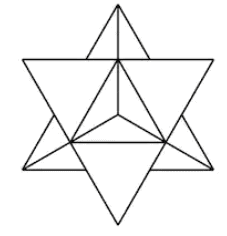
The Merkaba, also known as Merkabah, is a sacred symbol that translates to light, spirit, and body.
It is a star tetrahedron that looks like a three-dimensional version of the Star of David, with geometric shapes that spin in opposite directions, creating a perfectly unionized and balanced energy field.
Believed to be a divine vehicle made entirely of light designed to transport or connect the spirit and body to higher realms, the Merkaba symbolizes balance and stability.
It represents the opposing forces that come together to create harmony and serves as a reminder of the potential power that people can exert when they unite their energies in the search for connection and growth.
20. Ajet
Translated as “horizon” or “mountain of light”, the Ajet is an ancient Egyptian symbol used in the writing of hieroglyphs to represent the horizon and the sun as well as growth and transformation.
The circle at the center of the symbol represents the sun. In contrast, the figures at the base represent mountains, which embody the natural phenomenon of sunrise and sunset, along with the concepts of creation and rebirth.
The symbol also shows the god of the underworld, Aker, who is depicted as two lions facing away from each other.
This represents the past and the present, as well as the eastern and western horizons of the Egyptian underworld. This image highlights the cyclical nature of life and the importance of embracing change and transformation.
21. Butterfly
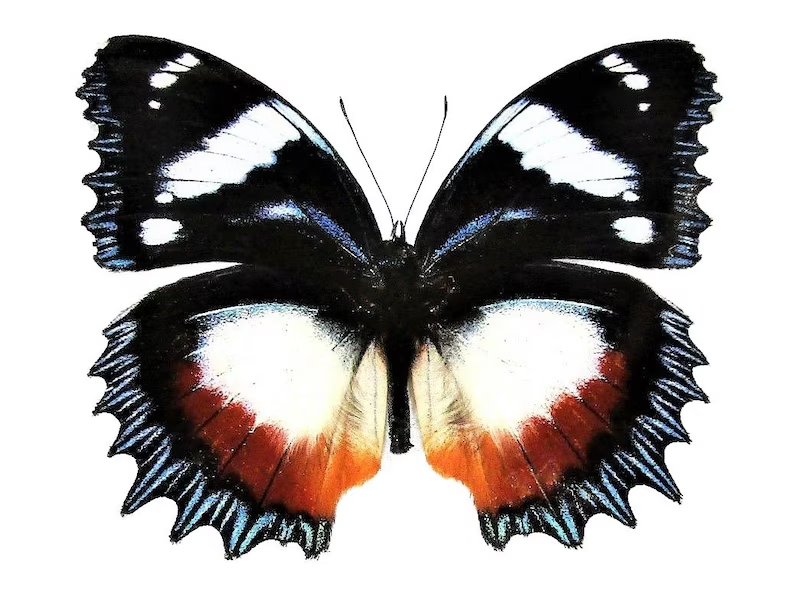
In many cultures, the butterfly symbolizes growth, beauty, transformation, rebirth, hope, and bravery.
Its development from an unremarkable caterpillar to a stunning winged creature reflects the journey of personal growth and transformation everyone goes through.
The butterfly is often associated with lightness and fickleness in Western culture, while it is associated with joy and bliss in China.
The ancient Celts believed butterflies were souls of the dead waiting to pass through Purgatory, and the Central Mexican people associated butterflies with their ancestors.
22. Inanna
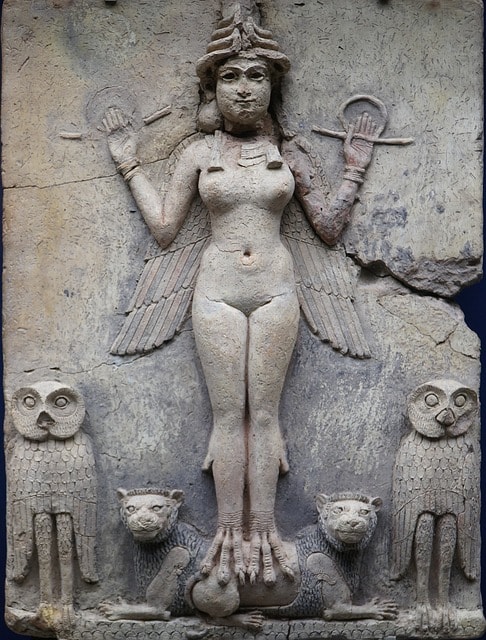
Also known as Ishtar, Inanna was the goddess of war and sexual love in Sumerian culture. In her earliest manifestations, Ishtar was associated with the storehouse and was personified as the goddess of dates, wool, meat, and grain.
Inanna was also the goddess of rain and thunderstorms, which led to her association with An, the sky god.
Ishtar was often depicted with the lion, whose roar resembled thunder, and her power in war may have arisen from her connection with storms.
One of the most popular myths surrounding Inanna is her journey to the underworld, where she is eventually resurrected and returns to the light.
This story is seen as a metaphor for the cycle of death and rebirth, as well as the transformation that comes with it. Her journey to the underworld is also seen as a symbol of the importance of confronting and overcoming our fears and obstacles in order to achieve personal growth.
23. Labyrinth
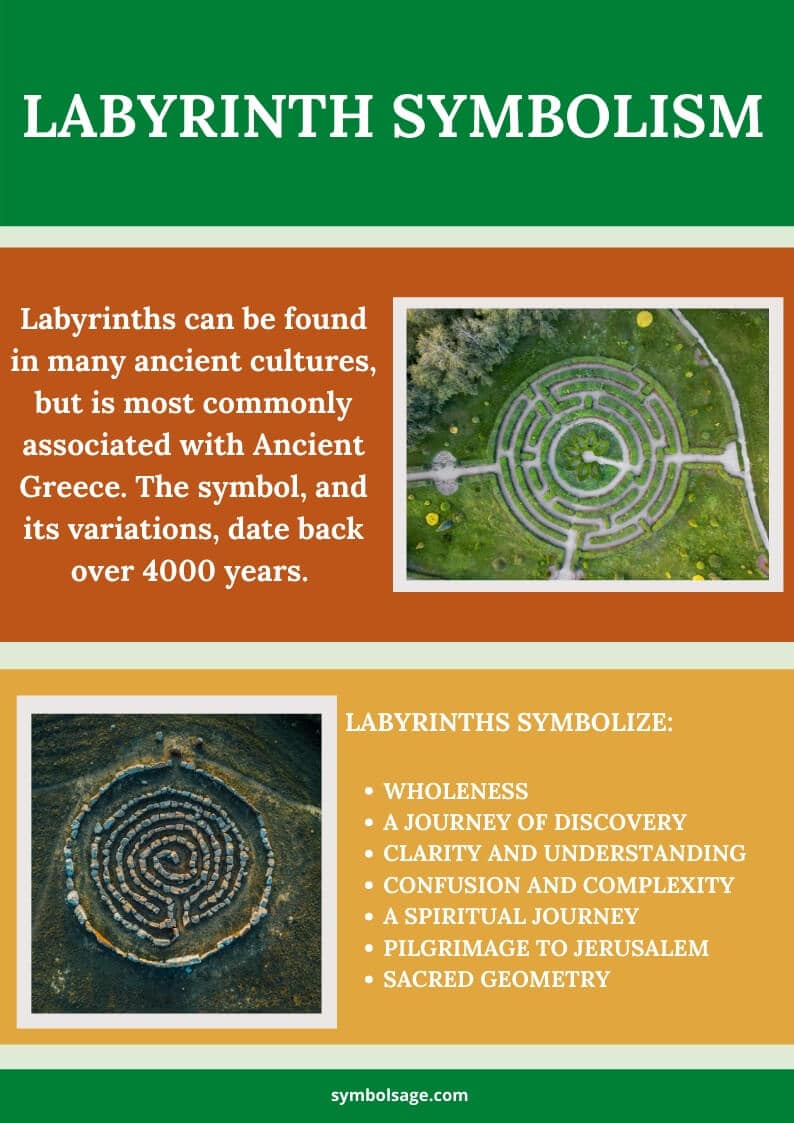
Unlike a maze or puzzle, the labyrinth is not meant to be solved but experienced. For over 4,000 years, it has been used as a spiritual tool for meditation and prayer, representing wholeness by combining the imagery of the circle and the spiral into a winding but carefully plotted track.
The labyrinth is unicursal, meaning it has only one path leading you on a circuitous journey to the center and back out again.
There are no blind alleys, and the way in is also the way out. As such, it is a metaphor for the journey to the center of your deepest self and back into the world with a broader understanding of who you are, making it a powerful symbol of personal transformation and growth.
Wrapping Up
Growth is a multifaceted concept represented by various symbols that can help remind you of the importance of continuous evolution and inspire you to reflect on your own personal growth and development.
These symbols continuously send out powerful messages that tell you that growth is a process that requires patience, perseverance, and dedication and that the rewards of growth are wonderful.
Similar Articles:
16 Powerful Symbols of Knowledge and Their Meanings
15 Powerful Symbols of Empowerment and Their Meanings
Top 14 Symbols of Courage and Resilience (A Complete List)








